This article was medically reviewed by Tu Anh Vu, DMD. Dr. Tu Anh Vu is a board certified dentist who runs her private practice, Tu's Dental, in Brooklyn, New York. Dr. Vu helps adults and kids of all ages get over their anxiety with dental phobia. Dr. Vu has conducted research related to finding the cure for Kaposi Sarcoma cancer and has presented her research at the Hinman Meeting in Memphis. She received her undergraduate degree from Bryn Mawr College and a DMD from the University of Pennsylvania School of Dental Medicine.
This article has been viewed 49,048 times.
Most kids start to lose their baby teeth around age six, and typically the teeth in the front of the mouth are the first to fall out. For children, losing baby teeth can be both exciting and scary. Children may be eagerly waiting for a tooth to fall out while still feeling anxiety about whether or not they’ll swallow their teeth while they’re eating or sleeping, or if losing a tooth will be painful. As a parent, you can ease kids’ anxiety and minimize the pain that may occur when a tooth is ready to come out. Encourage children to wiggle and loosen the tooth themselves, and only pull the tooth if it is already very loose.
Steps
Letting Your Child’s Tooth Come Out Naturally
-
1Evaluate how ready the tooth is to come out. Baby teeth loosen gradually, and often take two or more weeks to loosen enough to be removed from your child’s mouth. Although children are often excited to lose their baby teeth, it can be painful if the tooth is not sufficiently loose. Inspect your child’s tooth, and see if it’s ready to come out. If the tooth is only connected by a small flap of gum tissue, encourage your child to loosen it further until the tooth falls out.[1]
- The root of a baby tooth is slowly resorbed by the growth of the permanent tooth underneath. If this process is not complete, pulling out the tooth can cause pain and bleeding.
- Unless a tooth is extremely loose (literally hanging by a thread), avoid yanking it out of your child’s mouth.[2] Yanking a tooth can be painful for your child, and can damage their gum tissue.
-
2Encourage your child to press their tongue against the loose tooth. Most kids help their teeth fall out this way, by painlessly rocking the teeth back and forth with their fingers.[3] Encourage your child to use these tactics to work loose teeth on their own, which most kids are happy to do.
- It’s also important to remind your children that this process takes time. If a tooth is too tight to fall out, let them know that it may be several days before the tooth comes out on its own.
Advertisement -
3Let your children handle their own teeth. As parents, it can be tempting to pull your kids’ loose teeth for them. However, it’s better to let your children wiggle and loosen their own teeth themselves. Often the loose teeth will come out on their own after being incessantly handled by the child.
- Rather than needlessly pulling on your child’s tooth, let them loosen it over time. Your child will be able to gauge their own pain (or lack thereof) and can tell when and if the tooth is being pulled on too hard.[4]
- Have your child wash their hands first to help prevent infection from any dirt or bacteria on their hands.
Pulling a Loose Tooth from Your Child’s Mouth
-
1Apply an oral analgesic to the gums surrounding the tooth. The analgesic will take 2–3 minutes to numb the gums. While you wait, reassure your child that the process of removing the loose tooth will be painless.[5] If your child is apprehensive about the pain, you can also give them a child-sized dosage of an over-the-counter painkiller, such as ibuprofen.
- You can purchase oral analgesic or ibuprofen at your local drugstore or any pharmacy. Analgesics do not require a prescription.<refhttps://my.clevelandclinic.org/health/drugs/21483-analgesics</ref> Consult a pediatric dentist before doing this so you can make sure you give the right dosage.
-
2Gently wiggle the tooth to loosen it. Rather than yanking on the tooth, lightly wiggle it back and forth, and left and right, if possible, to help loosen more fibers. The tooth should be very loose at this point—if the tooth is still firmly attached to the gum, it is not ready to be pulled yet. Once the tooth has been loosened, you can begin to gently pull it out of your child’s gum.[6]
- Before putting your hands in your child’s mouth, first put on a pair of latex gloves, or use a clean cotton cloth to touch the tooth.
-
3Pull the tooth firmly until it comes out. A tooth should be very loose before you attempt to pull it.[7] Even so, avoid yanking or tugging on the tooth, as these motions are more likely to cause your child pain and tear their gums. Exert a steady, gentle pressure on the tooth, or even twist it slightly until the last fibers connecting the tooth to the gum snap.
- After you remove the tooth, clean it off with a small piece of gauze. You can also press some gauze onto the spot where the tooth was in your child's mouth to stop any bleeding.
- Once the tooth is clean, show it to your child. Children are often curious about the teeth that have come out of their mouth. Let them hold the tooth and put it under the pillow for the tooth fairy.
Encouraging the Tooth to Come Out on Its Own
-
1Give your child hard or chewy foods to eat. The firmness of hard foods will either cause the tooth to get stuck in the food and pulled from your child’s gums, or else just dislodge the loose tooth.[8] Only do this when the tooth is very loose; otherwise it may cause your child unnecessary pain and swelling which may require a visit to the dentist. Examples of hard foods that can knock the tooth out include:
- Crunchy carrots.
- Crispy apples or peaches.
- Caramel or gum to chew.
-
2Ask your child to floss daily. Of course, you child should already be flossing daily, but remind them that flossing is important. Often the fibers of the floss will catch in or under the loose tooth and pull it painlessly from your child’s mouth.[9]
- Only attempt this when the tooth is already very loose. If you child attempts to use floss to remove a tooth that is not ready to fall out, the process will be painful and your child could end up tearing their gums.
-
3See a dentist if the tooth refuses to come out. If your child has a persistently loose tooth that does not come out on its own, or is uncommonly painful for the child, take him or her to the dentist.[10] A dentist can assess if the tooth is healthy, or if it’s falling out prematurely, perhaps due to a cavity or other infection.[11]
- A pediatric dentist will also be able to tell you if your child’s permanent adult teeth are coming in correctly.
Responding to Blood and Tooth Fragments
-
1Stop any bleeding by pressing clean gauze to the wound. Once the tooth has been removed from your child’s gums, it may leave behind a few spots of blood. This is common, and no reason that you or your child should be alarmed. To clean the blood, press gauze or a clean cotton cloth to your child’s gums, or explain to them how to bite on it for one minute without talking or looking at it and tell them they will get a reward.[12]
- If your child is uncomfortable with blood, distract them by focusing on how grown-up it is that your child his or her first baby tooth.
- If you have told your child about the tooth fairy, explain that, if your child leaves the tooth under the pillow, the tooth fairy will pay a visit and leave a dollar under the pillow.
-
2Check the child’s gums for baby tooth fragments. Baby teeth generally come out in one piece, and do not leave broken fragments behind. However, if the tooth was fractured or broken by the process of removal, there may be bone fragments left behind in your child’s gums.[13]
- Attempting to remove tooth fragments yourself could prove painful for the child, especially if the fragments are still embedded in the gum.
- If tooth fragments are present, make an appointment with your child’s dentist to have them removed as soon as possible.
-
3Keep an eye on the wound to prevent infection. Removing a tooth from your child’s mouth will leave an open wound in their gums hat will heal fast if it's not too deep. Since the mouth naturally contains bacteria, the small wound will be at risk of infection. Although infection is unlikely, take a look in your child’s mouth every day for a week or two to make sure an infection is not developing from where the tooth was removed.[14]
- Make sure that the tear in the child’s gum heals completely, or that an adult tooth has begun to poke through within a week of pulling the baby tooth.
- If the gum shows signs of infection, take your child to see a dentist as soon as possible.
References
- ↑ https://www.parents.com/kids/hygiene/tooth-care/losing-baby-teeth/
- ↑ http://www.parents.com/kids/hygiene/tooth-care/loose-baby-tooth-advice-from-dentists/
- ↑ https://www.aviladental.com/blog/3-things-know-childs-loose-tooth/
- ↑ https://www.parents.com/kids/hygiene/tooth-care/losing-baby-teeth/
- ↑ http://www.newkidscenter.com/Pulling-Out-Baby-Teeth.html
- ↑ https://www.aviladental.com/blog/3-things-know-childs-loose-tooth/
- ↑ http://www.newkidscenter.com/Pulling-Out-Baby-Teeth.html
- ↑ https://www.hvkidsmiles.com/blog/a-pediatric-dentist-answers-should-i-pull-my-childs-loose-tooth/
- ↑ https://www.aviladental.com/blog/3-things-know-childs-loose-tooth/
- ↑ https://www.aviladental.com/blog/3-things-know-childs-loose-tooth/
- ↑ Tu Anh Vu, DMD. Board Certified Dentist. Expert Interview. 10 April 2020.
- ↑ http://www.newkidscenter.com/Pulling-Out-Baby-Teeth.html
- ↑ http://www.newkidscenter.com/Pulling-Out-Baby-Teeth.html
- ↑ http://www.newkidscenter.com/Pulling-Out-Baby-Teeth.html
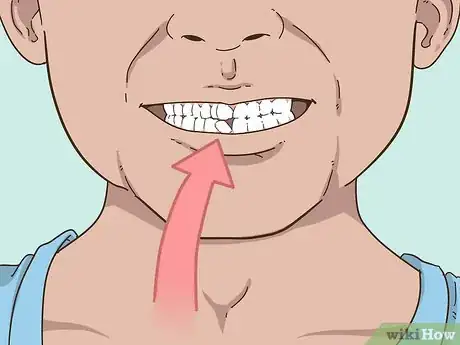
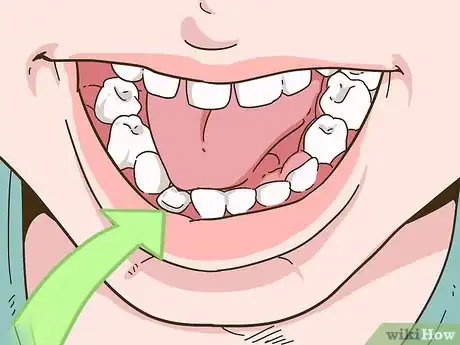
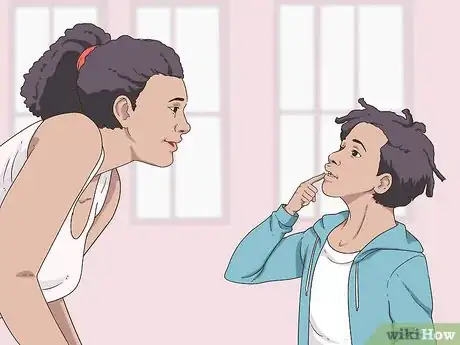
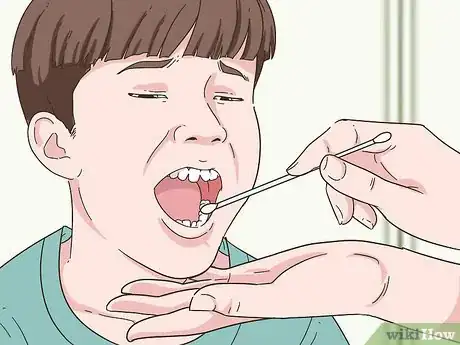


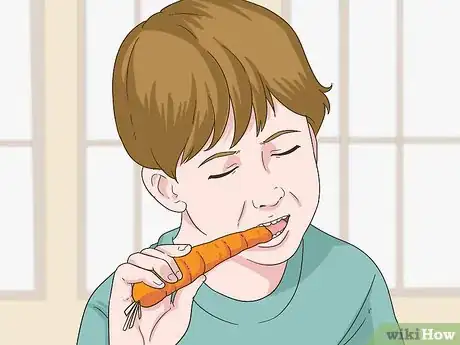
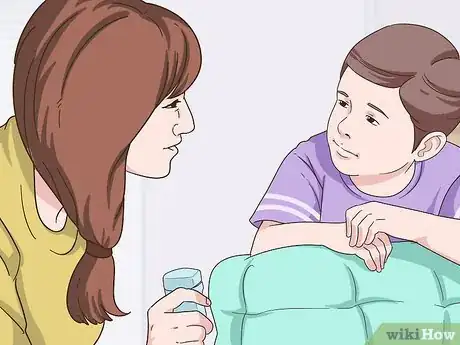
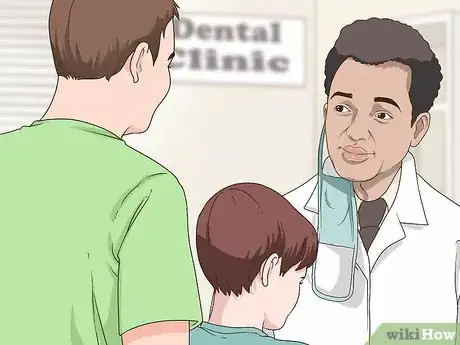

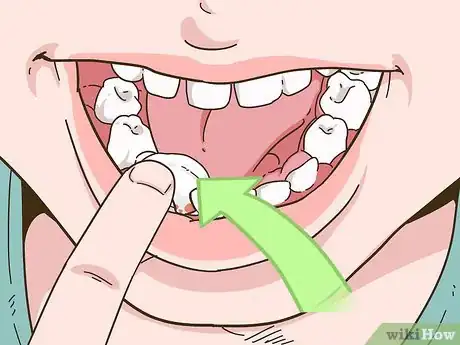
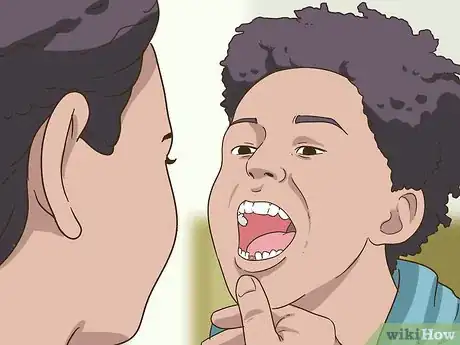
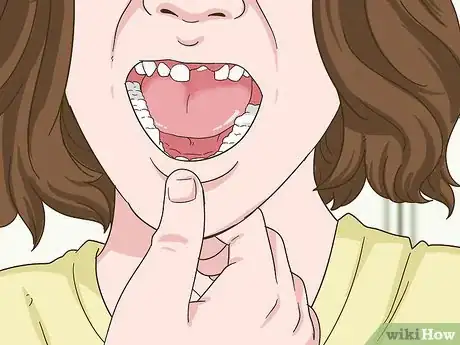
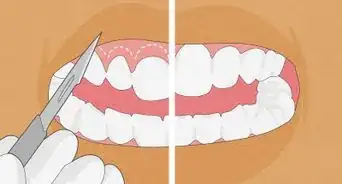
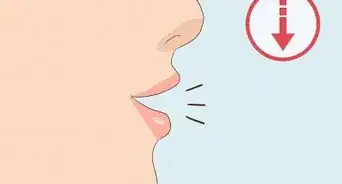
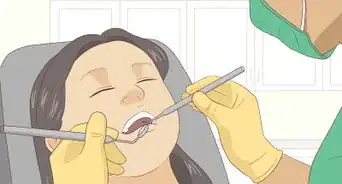

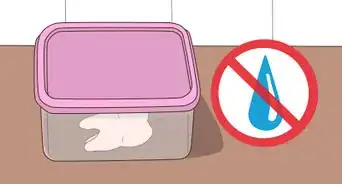
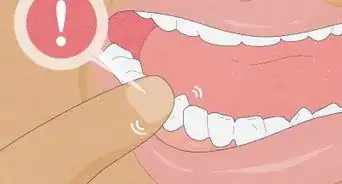

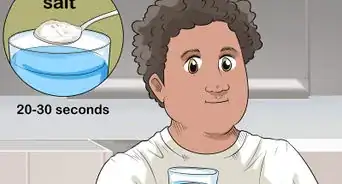
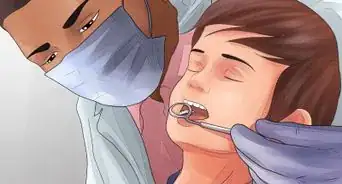














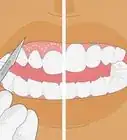
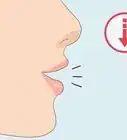
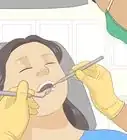




































Medical Disclaimer
The content of this article is not intended to be a substitute for professional medical advice, examination, diagnosis, or treatment. You should always contact your doctor or other qualified healthcare professional before starting, changing, or stopping any kind of health treatment.
Read More...